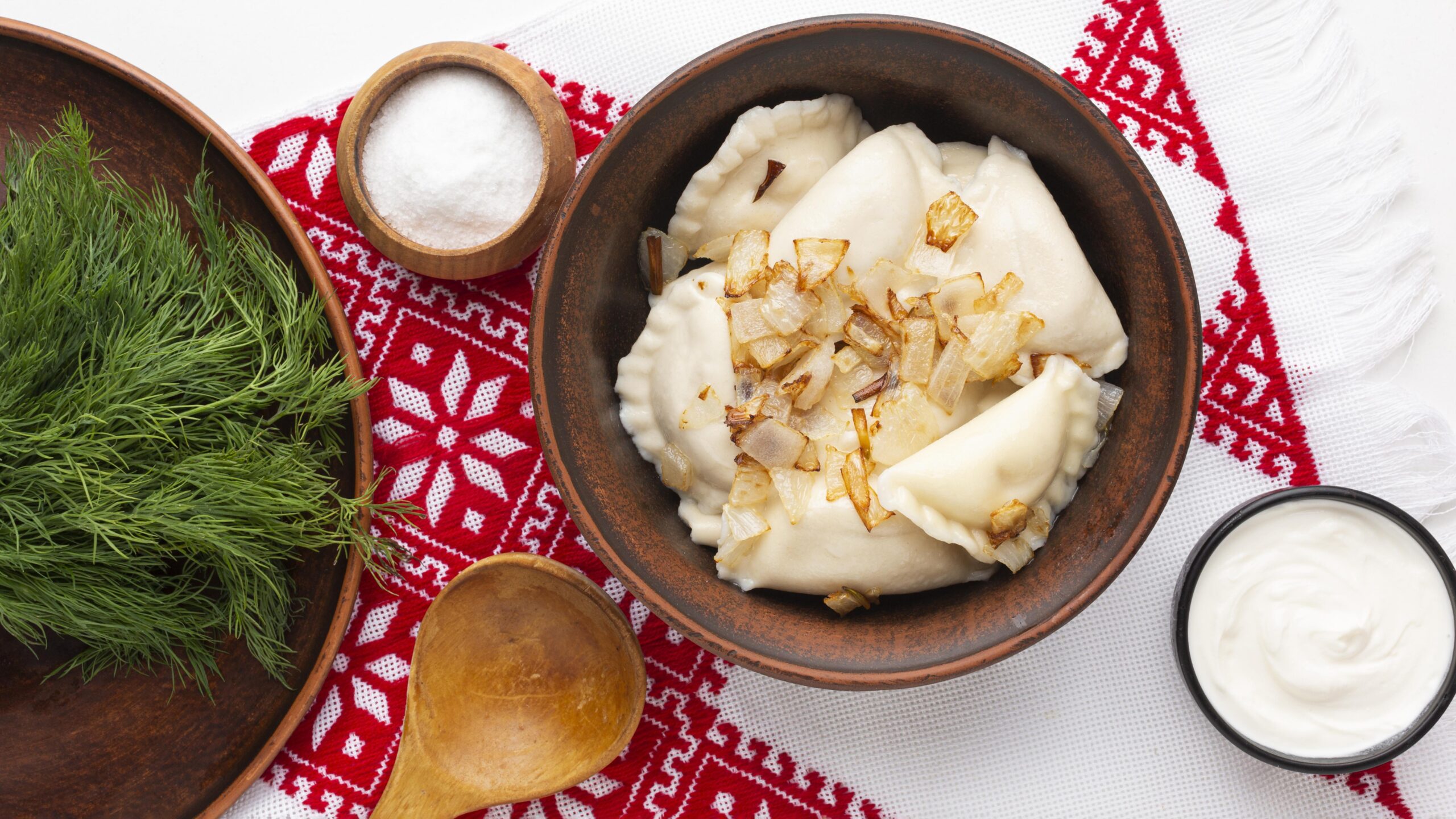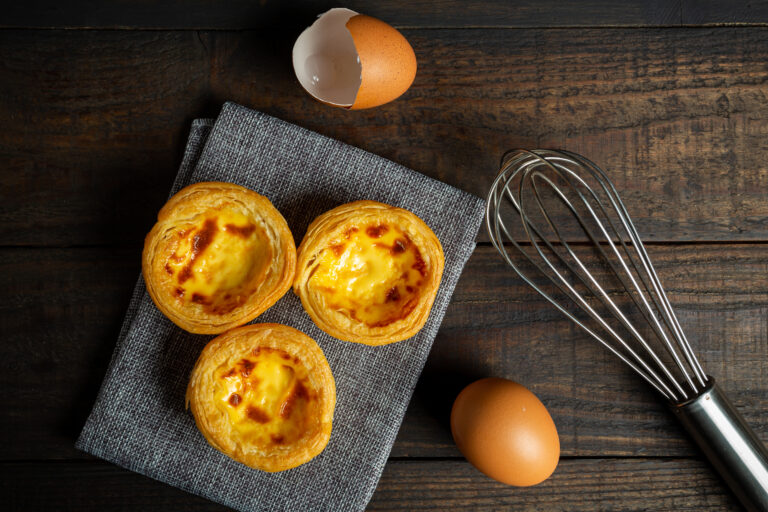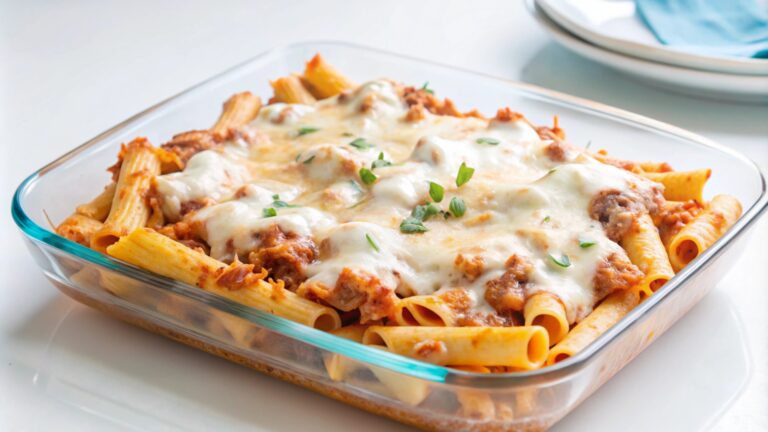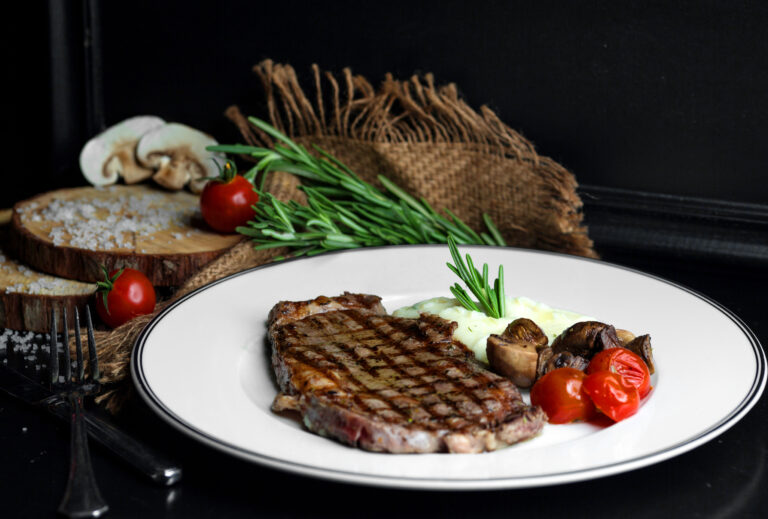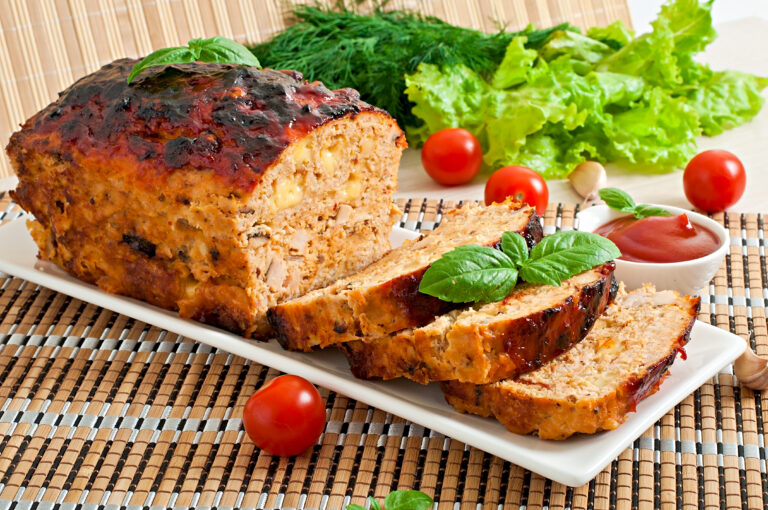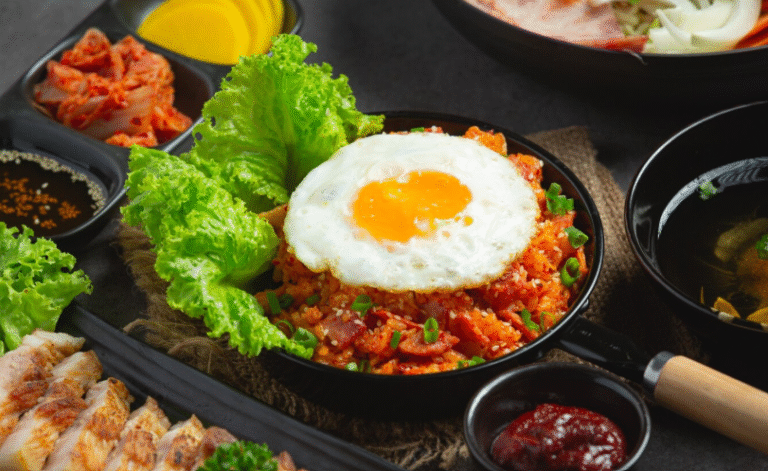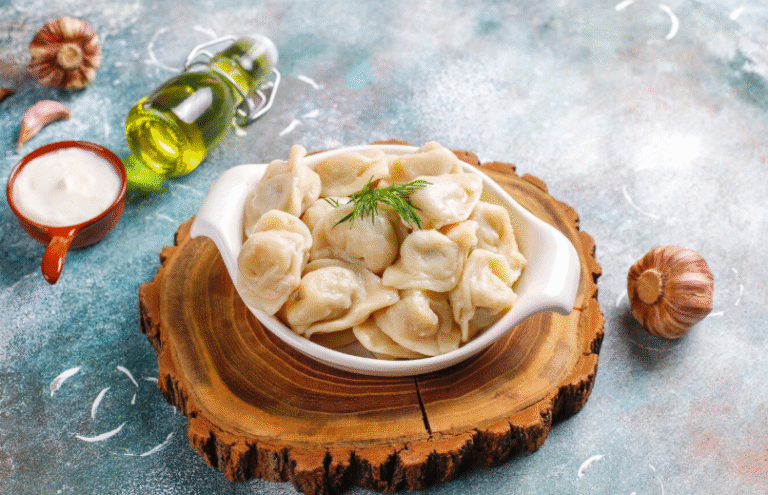The Ultimate Karelian Pasty Recipe : A Taste of Finnish Heritage in Your Kitchen
Picture this: The aroma of freshly baked rye dough filling your kitchen, the satisfying sound of rice porridge bubbling gently on the stove, and the anticipation of that first bite – crispy, creamy, and utterly comforting. This is the magic of Karelian pasties, Finland’s beloved comfort food that has warmed hearts and homes for centuries. Whether you’re connecting with your Finnish roots or simply craving something deliciously different, this authentic Karelian pasty recipe will transport you straight to the cozy kitchens of Karelia.
Table of Contents
What is a Karelian Pasty?
You’ve probably never encountered anything quite like a Karelian pasty before. These distinctive oval-shaped pastries, known as “karjalanpiirakka” in Finnish, represent one of Finland’s most cherished culinary traditions. The golden-brown rye crust forms a boat-like shell that cradles creamy rice porridge, creating a perfect harmony of textures and flavors.
These aren’t your typical pastries. Each one showcases the ingenious simplicity that defines Nordic cuisine – just a handful of humble ingredients transformed into something extraordinary. The contrast between the slightly tangy rye exterior and the mild, creamy interior creates a comfort food experience that’s both sophisticated and deeply satisfying. You’ll find these treasures gracing Finnish breakfast tables, packed in lunch boxes, and served at celebrations throughout the year.
The History Behind This Beloved Finnish Karelian Pasty Recipe
Your journey with this Karelian pasty recipe connects you to centuries of culinary heritage. These pastries originated in the historical region of Karelia, which spans parts of modern-day Finland and Russia. Finnish families have been perfecting this recipe since the 16th century, passing down techniques through generations of home cooks.
Originally, Karelian pasties served as practical sustenance for hardworking families. The hearty combination of rye and rice provided essential nutrients and lasting energy. During harsh winters, these pastries became lifelines – portable, filling, and made from ingredients that stored well in cold climates.
The recipe you’ll master today represents centuries of refinement. Each generation of Finnish cooks added their own insights, perfecting the dough consistency, rice texture, and baking techniques. What started as peasant food evolved into a national symbol, so beloved that UNESCO recognized it as part of Finland’s intangible cultural heritage.
Traditional preparation was a community affair. Women gathered to make large batches together, sharing stories while their hands worked the familiar motions of rolling, filling, and shaping. This social aspect remains integral to the Karelian pasty experience – these aren’t just pastries, they’re vessels for bringing people together.
Essential Ingredients for Authentic Karelian Pasty Recipe
Your success with this Karelian pasty recipe depends entirely on selecting the right ingredients. Quality matters immensely here – each component plays a crucial role in achieving that authentic Finnish flavor profile.
Rye flour forms the foundation of your pastries. Unlike wheat flour, rye creates a slightly denser, more flavorful crust with that distinctive tangy note. You’ll need finely ground rye flour for the smoothest results. The flour’s natural acidity pairs beautifully with the mild rice filling.
Short-grain rice works best for your filling. This variety creates the creamy, almost pudding-like consistency that defines authentic Karelian pasties. Long-grain rice won’t achieve the same texture – it remains too separate and doesn’t bind properly with the milk.
Ingredients Table
For the Dough:
| Ingredient | Amount |
|---|---|
| Rye flour | 200g |
| Water | 120ml |
| Salt | 1/2 tsp |
For the Filling:
| Ingredient | Amount |
|---|---|
| Short-grain rice | 200g |
| Milk | 500ml |
| Butter | 2 tbsp |
| Salt | 1 tsp |
Step-by-Step Karelian Pasty Recipe Instructions
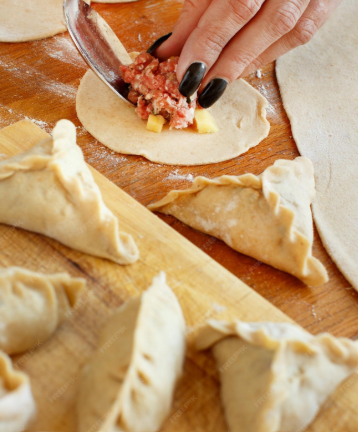
Preparing the Rice Filling
Your rice filling requires patience and attention. Start by combining your rice with cold water in a heavy-bottomed saucepan. Bring this mixture to a gentle boil, then reduce heat to the lowest setting. You’ll simmer the rice for about 15 minutes until it absorbs most of the water.
Next, gradually add warm milk to your partially cooked rice. This step requires careful monitoring – you’re essentially making rice porridge. Stir frequently to prevent sticking, adding milk in small amounts as the rice absorbs it. The process takes roughly 30-45 minutes total.
Your filling reaches perfection when it resembles thick cream. The rice should be completely soft, almost breaking apart, with just enough liquid to keep everything creamy. Season with salt and butter, then set aside to cool completely before assembly.
Making the Rye Dough
Your dough preparation starts with combining rye flour and salt in a mixing bowl. Create a well in the center and gradually add water while mixing. The dough will feel different from wheat-based doughs – it’s less elastic and more delicate.
Work the mixture until it forms a cohesive ball, but don’t over-knead. Rye dough doesn’t develop gluten the same way wheat does, so excessive handling makes it tough. Cover your dough and let it rest for 30 minutes. This resting period allows the flour to fully hydrate.
Assembly and Baking Techniques
Divide your rested dough into 12 equal portions. On a lightly floured surface, roll each piece into a thin oval, roughly 6 inches long. The dough should be almost translucent – this thinness ensures proper baking and the characteristic texture.
Place a generous spoonful of cooled rice filling down the center of each oval, leaving borders on all sides. Now comes the distinctive shaping: fold the long edges up and over the filling, pinching them together to create a boat-like shape with oval openings at both ends.
Preheat your oven to 450°F (230°C). Arrange your shaped pasties on a parchment-lined baking sheet. Bake for 15-20 minutes until the edges turn golden brown and the rice filling bubbles slightly.
Pro Tips for Perfect Karelian Pasty Recipe Results
Your success with this Karelian pasty recipe improves dramatically with these insider techniques. Keep your dough slightly moist rather than completely dry – this prevents cracking during rolling. If the dough tears, simply press the edges together and continue.
Temperature control makes all the difference. Your rice filling must be completely cool before assembly, or it will make the dough soggy. Conversely, brush your hot, freshly baked pasties immediately with a mixture of butter and warm milk for that glossy, tender finish.
Here are your key success strategies:
- Roll dough paper-thin for authentic texture
- Use warm milk in filling for smoother consistency
- Don’t overfill – less is more with rice portions
- Brush with butter mixture while still warm
- Serve alongside traditional egg butter
Serving Suggestions and Traditional Accompaniments
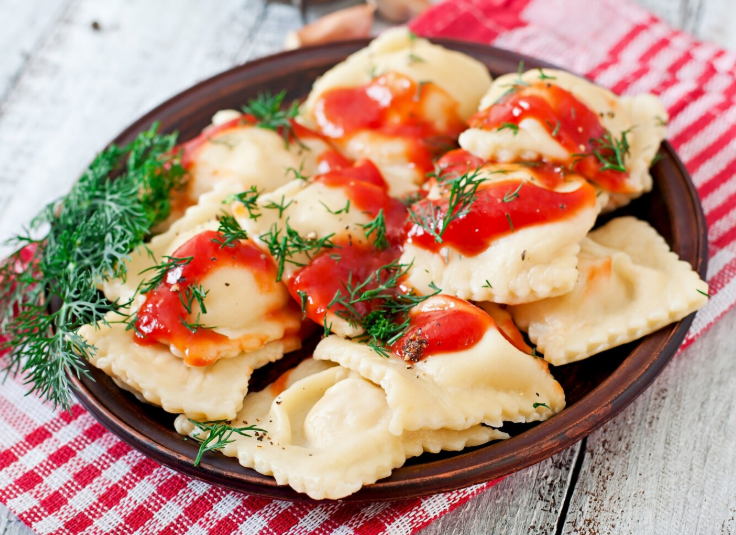
Your Karelian pasties reach their full potential when paired with munavoi (egg butter). This simple accompaniment combines hard-boiled eggs with softened butter, creating a rich spread that complements the pastries perfectly. Simply chop hard-boiled eggs finely and mix with room-temperature butter.
These versatile pastries work beautifully for breakfast, lunch, or snacks. Serve them warm or at room temperature alongside coffee or tea. Many Finnish families enjoy them as part of a traditional breakfast spread with various jams and cheeses.
Nutritional Benefits of This Traditional Karelian Pasty Recipe
Your homemade Karelian pasties offer surprising nutritional advantages. Rye flour provides more fiber and nutrients than refined wheat flour, supporting digestive health and providing sustained energy. The rice filling contributes complex carbohydrates and protein, especially when served with egg butter.
Each pastry contains approximately 150 calories, making them a reasonable indulgence when enjoyed as part of a balanced diet. The combination of rye and rice creates a satisfying meal that keeps hunger at bay longer than many processed snacks.
Troubleshooting Common Karelian Pasty Recipe Problems
Your pastries might crack during rolling if the dough is too dry. Add water one teaspoon at a time until the dough becomes pliable. If filling leaks during baking, you’ve likely overfilled them or didn’t seal the edges properly.
Common solutions include:
- Soggy bottoms: Ensure your oven is fully preheated
- Uneven browning: Rotate the baking sheet halfway through
- Tough texture: Don’t overwork the rye dough
- Bland filling: Season the rice adequately with salt
Variations and Modern Twists on Traditional Karelian Pasty Recipe
Your creativity can expand beyond the classic rice filling. Traditional alternatives include mashed potatoes or pearl barley, both offering different textures and flavors. For modern adaptations, some cooks create gluten-free versions using rice flour, though the texture differs from traditional rye.
Mini versions work wonderfully for parties, requiring the same technique but smaller portions. You can also experiment with different seasonings in your rice, though purists prefer the simple, traditional approach.
Frequently Asked Questions About Karelian Pasty Recipe
Can I make Karelian pasty recipe with white flour instead of rye? While traditional Karelian pasties use rye flour for authentic flavor and texture, you can substitute with white flour, though the taste will be milder and less characteristic.
How long does this Karelian pasty recipe take to make? Total time is approximately 2 hours, including 45 minutes for rice cooking, 30 minutes for dough preparation, and 45 minutes for assembly and baking.
Can I freeze Karelian pasties made from this recipe? Yes, baked Karelian pasties freeze excellently for up to 3 months. Thaw overnight and reheat in a 350°F oven for best results.
What’s the best way to reheat leftover Karelian pasty recipe results? Wrap individual pasties in damp paper towels and microwave for 30 seconds, or reheat in a 350°F oven for 5-7 minutes until warmed through.
Is this Karelian pasty recipe suitable for beginners? Absolutely! While the technique requires patience, these fundamental skills will enhance your overall baking abilities and confidence in the kitchen.
Bringing Finnish Tradition to Your Table
Your mastery of this authentic Karelian pasty recipe connects you to generations of Finnish home cooks who found joy in simple, wholesome ingredients. These pastries represent more than just food – they embody the Finnish values of resourcefulness, community, and finding comfort in life’s simple pleasures.
Every batch you create carries forward this beautiful tradition, whether you’re sharing them with family, bringing them to gatherings, or simply enjoying them with your morning coffee. The skills you’ve learned will serve you for years to come, and perhaps you’ll pass them on to the next generation.
Ready to start your Finnish culinary adventure? Gather your ingredients, roll up your sleeves, and discover why these humble pastries have captured hearts for centuries. Share your results in the comments below – we’d love to hear about your Karelian pasty journey!

